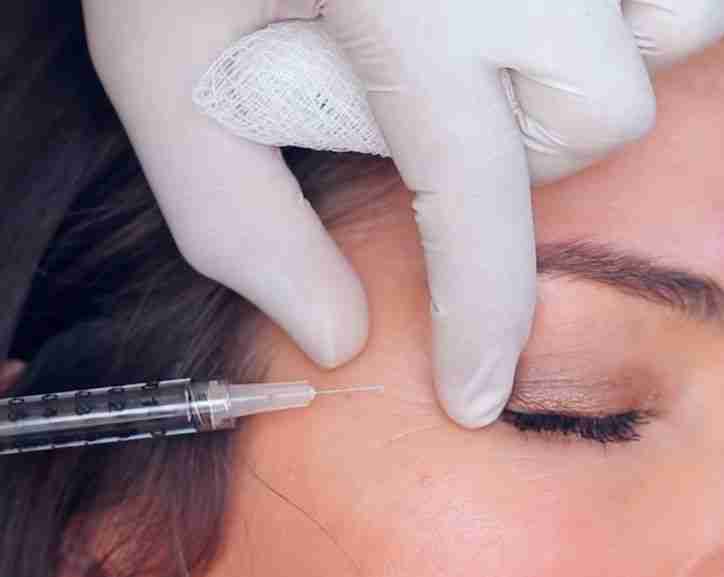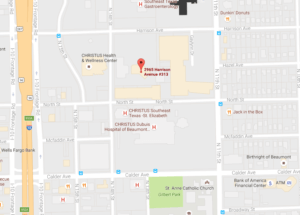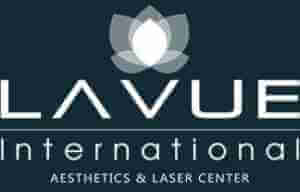I tell everyone I’m a fan of Botox, and I get it done regularly. But lately, it seems like tons of women in their twenties think they need to get it done too, and not for the reasons I do it. Their reason is prevention. The problem is, their idea of prevention might not be exactly what they think.

Botox and similar brands like Xeomin and Dysport (which are all called neuromodulators) can prevent wrinkles, but they also need regular maintenance. Every doctor I’ve spoken with agrees on this including my go-to injector, Los Angeles facial plastic surgeon Karan Dhir, M.D.
He says the idea of wrinkle prevention has resulted in a surge of younger patients seeing him for Botox consultations, but whether he thinks they all need it is another story.
“Botox can help prevent deep imprinted lines that we call wrinkles because of the effect of relaxing the muscles that can crease the skin,” he says. “Patients in their twenties have sufficient volume and thickness of the facial skin. It can withstand the folding and creasing forces of the underlying muscle. The skin begins to lose volume and thins notably between the ages of 30 to 40. This, in my opinion, is the time to begin Botox treatments—right before the creases have an opportunity to become deeply imprinted.”
That’s not to say the time to start isn’t in your twenties, he says everyone’s skin varies depending on factors like skin color, sun exposure, and family history.
It’s due to genetics that Los Angeles plastic surgeon Sheila Nazarian,M.D., says she started Botox early. “Those vertical lines between the eyebrows run in my family, and I wanted to prevent that.”
But that doesn’t mean she or anyone else who starts in her twenties won’t need more Botox or other anti-aging treatments in the future.
“When you use Botox, you are preventing fine wrinkles and preventing deepening of those wrinkles that you already have,” says Dr. Nazarian. “Potentially, if you start early, you will atrophy the facial muscles and weaken them so that you don’t have to get Botox as often when you are older. But you cannot stop using them if you want to prevent wrinkles, which are formed by muscle movement.”
She adds, “When you find a clothing brand that really makes you look good, do you ever stop shopping that brand? When injectables are done well, they really make you feel good.”
And I agree—I love the results I get from Botox. My crow’s-feet disappear, and when I get my “elevens” (the lines between the brows) done, I look less stressed. But I also realize it’s a commitment. I don’t remember having major wrinkles in either area before I started the treatment, but I sure see them now when the Botox wears out. There’s a chance those wrinkles would have been worse had I waited until now to get started, but I’m still not going to stop treatment any time soon. I’m in this for the long haul.
That’s OK with me. On a side note, I also happen to be at a place in life where I can see the right doctor on a regular basis—which should be the number one priority when seeking out injections. The right doctor (a board-certified facial plastic surgeon, plastic surgeon, or dermatologist) can make the difference between looking natural and refreshed to looking like the front page of a tabloid.
Had that been true in my twenties? I’m not so sure, which is why I’m glad I waited to start in my thirties—when the wrinkles I had actually started to bother me.
Obviously, Botox isn’t for everyone, and I’m not suggesting it should be. But if you’re interested in seeing what it’s like, I recently took a friend to get her first Botox injections. You can see her get it done and the results in the video below.
Susan Yara
Susan Yara hosts and produces weekly videos for the beauty and wellness YouTube channel Mixed Makeup, which she founded. For more than a decade, she has worked out, experimented with beauty products, dieted, and tried just about every spa treatment.



